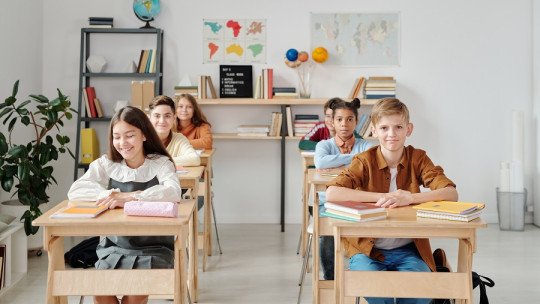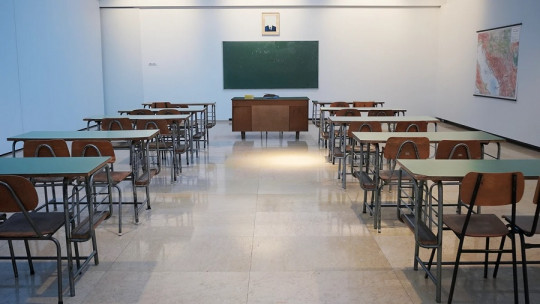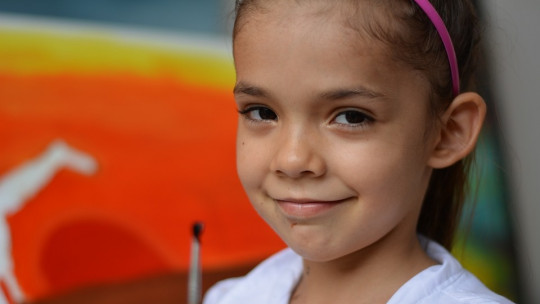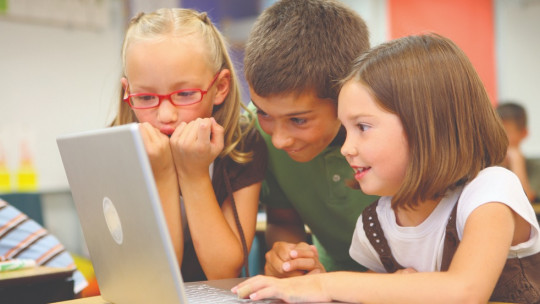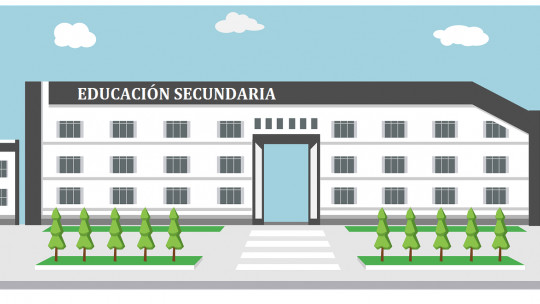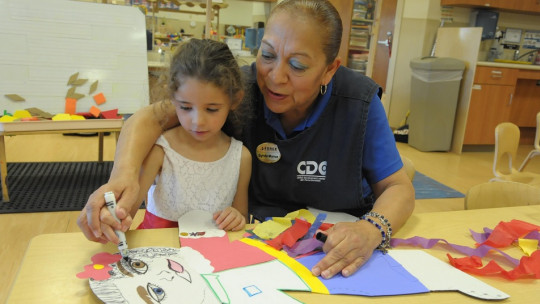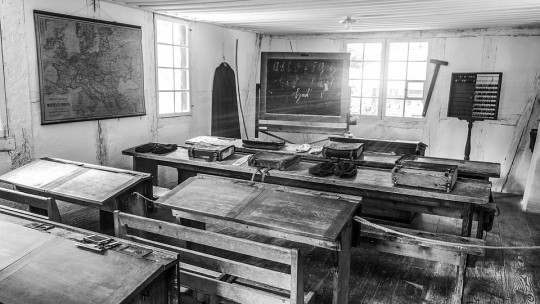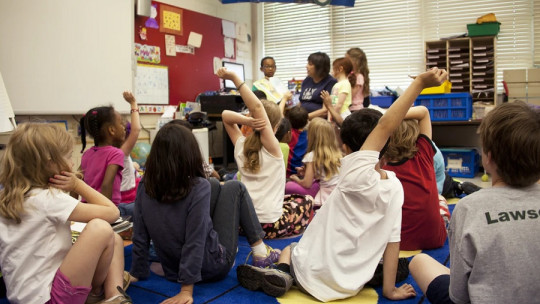
The educational system has many mechanisms to ensure that all students meet the established objectives. One of them is educational intervention
This concept will be the common thread of this article, so that it will allow us to know all the facets of said method, its advantages and main applications, in addition to the different types that we can find.
What does the educational intervention consist of?
When we talk about educational intervention we are referring to a series of measures carried out by educators to ensure that the students under their care meet the established goals for the level of education they are at.
In other words, this technique aims to ensure that every student is able to achieve the objectives that have been established in the curriculum corresponding to their educational level, and therefore achieve complete use of all the subjects of the course they have taken.
The function of educational intervention is to have a system in which no student is left behind but rather that educators know how to provide these children who are experiencing difficulties with the resources they need to overcome those barriers and finish the course having achieved the goals set at the beginning.
Therefore, educational intervention will take place whenever a teacher observes that one of his students is experiencing a problem when acquiring certain knowledge or skills. It is then when the professional must initiate the protocol to assist the student and promote her learning through tools tailored to her.
If the educational intervention is applied in a favorable way, the result will be that, once the educational cycle in which the students are located has ended, All of them will have been able to achieve the goals that corresponded to them, either through regular classes or thanks to the extra support that the people who have requested it will have received
Main characteristics of the educational intervention
We already know the general idea underlying educational intervention. Now we must focus on all those characteristics that would make up the most correct action and therefore the one that will provide a higher success rate.
Even so, We must never forget that each case is unique and even more so when we talk about people so what a student needs at a given moment to overcome an educational gap does not have to be exactly the same as what one of his classmates requires when faced with a similar problem.
It will, therefore, be the educator’s job to know how to adapt all the characteristics that we are going to see, to ensure that the effect of the educational intervention is optimal and thus ensure that his students overcome all the possible obstacles that may arise throughout their process. training in the classroom.
1. Concretion
We have anticipated the first of the characteristics of educational intervention in some way in the previous lines, and it is none other than concreteness. That is, this technique must be specific to the case at hand and as such it must be adapted to the student in question who is experiencing difficulties in achieving a certain objective.
In this sense, the educational intervention will be a procedure between only two parties, the educator and the student. Together, they will design a plan to achieve the goal that is putting the child in trouble. The steps that must be followed to achieve this goal will be established.
2. Integration
But the educational intervention, although it is developed by the educator, together with the student, should not be limited by them. On the contrary, the family context must be a support for the student. Therefore, the child’s parents must also provide him with the tools he needs to overcome the impediments he has encountered.
Family members also have the important role of identifying possible educational elements that are causing problems for the child, in order to be able to anticipate and communicate it to the teacher, in case he had not yet realized the difficulty. In this way, they will gain very valuable time, allowing the educator to begin the educational intervention as soon as possible.
Thus, they will ensure that the student returns to his steps to consolidate that knowledge that he had not achieved at first, preventing the dreaded snowball effect from occurring, which occurs when a concept that is key to understanding the following is not understood. , and so on.
3. Evaluation
A fundamental part of the educational intervention is that which refers to evaluation, that is, to the verification that, indeed, it has been effective and therefore the student has managed to integrate the knowledge which previously caused some difficulty.
For this process, the role of the educator is key, since he must be the one who evaluates and also proposes self-assessment techniques with which the student checks for himself if he is now capable of handling those concepts or, on the contrary, they are still causing him problems. .
The evaluation must be continuous, because in this way the teacher will know if the educational intervention process is being effective or if, on the contrary, he must continue adapting it to the needs of the student in order to achieve the goal that both have proposed.
4. Active role of the student
It is important to be clear that the student must maintain an active role throughout the entire educational intervention procedure, which is why it cannot be limited solely to a presentation of the lesson by the teacher. On the contrary, The student must be a participant in the process, carrying out the activities that the educator entrusts to him and even being proactive
Only with this involvement will we really ensure that the child adequately processes the concepts he is facing, consolidating them and therefore exceeding the goals that have been set for him in the corresponding curriculum. In this way, educator and student will act as a team with a common goal, and success will be born from the interaction between them.
5. Temporary terms
An educational intervention cannot be a tool that lasts indefinitely over time On the contrary, work deadlines must be established from the beginning where both these and the goals that must be achieved in that period are clear.
If the established deadlines are reached and the objectives have not yet been completed, a new educational intervention must be established, reviewing what has failed in the previous one to adapt the next strategy without falling into the same situations that failed in the first one. tried.
In any case, we already saw before that this must be an active process and in constant evaluation, so, generally, When the teacher detects that the chosen system is not being successful, he himself anticipates and modulates it to adapt it to the new needs detected, so in one way or another, it finds the path it seeks to help the student overcome the difficulty.
How to create a good educational intervention
Although we have already reviewed the main characteristics that a correct educational intervention must meet, we are now going to learn about another series of issues that will undoubtedly be very useful to the educator who wishes to use this methodology with the greatest guarantees of success, and thus be able to help to his students.
1. Be clear about your objectives
Of course, the teacher will hardly be able to identify a student’s difficulties in achieving a certain objective if he or she is not absolutely clear about what these are. Therefore, the first task of the educator will be know perfectly the educational goals included in the curriculum in the short, medium and long term.
2. Get to know the students
Not only must he know the objectives, but the teacher must know all his students in depth, because only then will he realize that some of them are suffering to assimilate a certain issue and will be able to design an educational intervention to help them.
Each child has certain characteristics and, while some will ask the teacher as soon as they realize that they are not understanding a question, others will opt for silence and others will not even have realized that they are not understanding it The educator’s work to discern between these scenarios is essential.
3. Creativity
The educator, likewise, must have varied and creative resources to be able to bring to the student with difficulties those concepts that are causing some problems As in the previous point, we must keep in mind that each student is different, and the technique that works for some does not necessarily work for others.
Therefore, the educational intervention must be creative and designed for the student in question.

